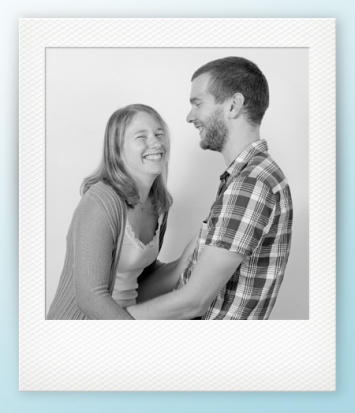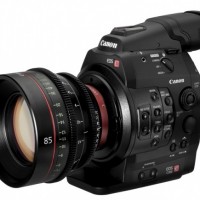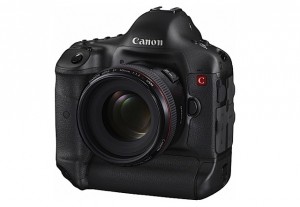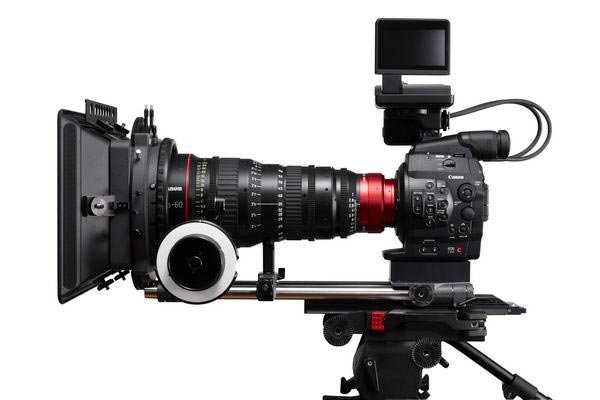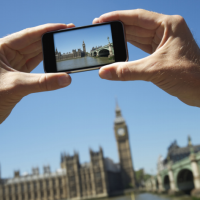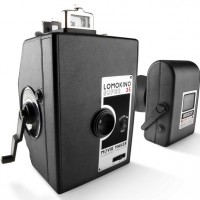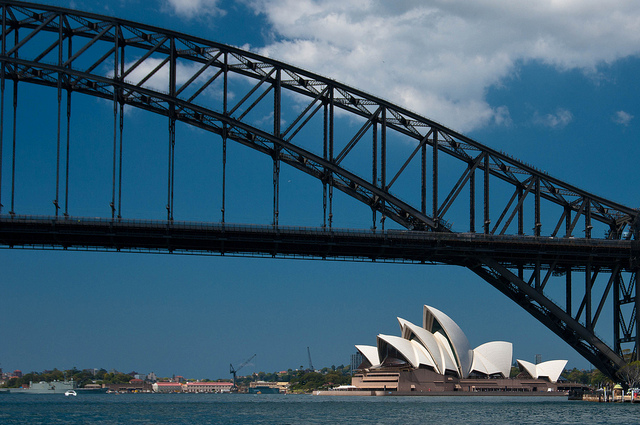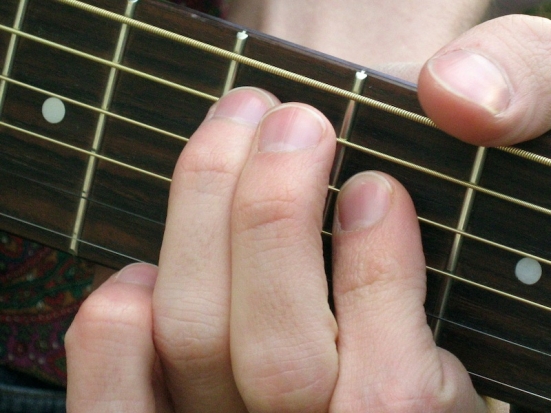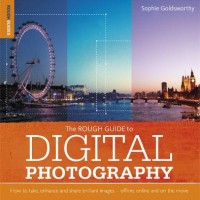
$900 for this dastardly pair? You've GOT to be kidding
No doubt about it, for serious photographers, the brand new Canon 1D X has a metric tonne of reasons for why it deserves its place at the top rungs as the Canon flagship. It's nothing short of an incredible piece of kit; one that will have many a photographer drooling, and many a bank manager rubbing their hands in glee. It is, rather obviously, the most epic dSLR camera ever.
Which is, my dear reader, why I'm so bloody furious with Canon. Carrying a hefty £5300 / $6800 price tag, this piece of kit costs more than a snazzy-looking second-hand Porsche, so it had better be bloody awesome. Most signs point to 'yes'. I'm not angry about the things Canon have included in this lovely package of photographic nirvana. I'm pissy about the things they've decided to make optional extras.
Where's my GPS, WiFi and Bluetooth?
Specifically, the pieces of kit that are at the receiving end of my rage is the Canon GP-E1 GPS receiver and the Canon WTF-E6 wireless transmitter. Canon claims that they "designed the GP-E1 to share the same rugged and durable exterior construction as the EOS-1D X without adding additional bulk", which is outrageously ridiculous in itself. The very definition of "adding additional bulk" is having to attach an external thing to your camera in order to add extra functionality.
So, why didn't Canon just build it into the camera? I have heard a few potential explanations, but they're all absolute hogwash...
There isn't enough space in the 1D X camera body - Pick up the smartphone that's closest to you. Let's say, for the sake of this argument, that it's an iPhone 4S, which was launched at roughly the same time as the 1D X. The Jesus-phone contains Bluetooth, a GPS receiver, the radios needed for telephony and data traffic, WiFi, a digital compass, a 3.5-inch 960x640-pixel screen, a load of megapixels to boot, and enough processing power to edit photos on the go.
An Apple iPhone 4S is 63 cm3 and weighs 140g. The camera is 2,150 cm3 or so. That means that the camera is roughly 34 times larger than the phone, and weighs approximately 10 times more*. Saying that there isn't space to include three measly extra radios and a bit of extra electronics is just daft. If anyone tells you otherwise, hold up any modern smart-phone and tell them to shut their pie-holes.
*) Canon haven't released an official weight figure for the Canon EOS 1Dx yet, but its predecessors all weighed in at about 1,550g or so, and after handling a 1D X, I wouldn't say that this thing is going to come out any lighter, exactly...
The technology isn't there - We can't say that there's no precedent for including this sort of tech into cameras either. Say what you will about the Fujifilm FinePix XP30 (for example that it's one of the most hideous cameras ever made), but it comes with a $150 price-tag, and has GPS built-in. As for WiFi, take the Samsung SH100. Acquiring one lightens your wallet by a featherweight $130, and it packs all sorts of gadgets - including WiFi - into a package that's only 94 cm3. And it weighs less than the aforementioned iPhone 4S.
Oh, and on the issue of WiFi, a lot of us have been relying on Eye-Fi memory cards. That's right - a flippin' SD card that packs up to 8GB of storage and full WiFi functionality. I would, at this time, invite you to reach for your nearest camera, and grab the SD card out of it. Now marvel. An Eye-Fi card is the size of a postage stamp and about as thick as a coin. They can be had from about £40, too, which isn't that much more expensive than a non-WiFi-enabled high-end SD card. Tech like this is nothing short of actual magic. But it exists, and has done so for about half a decade.
So, dearest Canon, the tech is out there. I suspect you are aware of this, since most of the SD-card cameras you've sold in the last few years are Eye-Fi compatible. Oh, and do you remember the lovely Canon PowerShot SX230 you announced in February? It's a tiny, tiny camera that has GPS built-in...
Rubbing salt in the wound
If we for a moment ignore the slap in the face of not just including these features in the cameras in the first place, let's take a look at the knockout punch: The price tag of the add-ons.
Once you've plonked down a small family saloon worth of cash, do you really want to pay another (rumored) $300 for GPS functionality and $600 for the WiFi/Bluetooth features? I don't want to sound ungrateful to the Gods of Photography, but $300 for a GPS chip? You have got to be shitting me - you can build your own GPS logger shield for Arduino for under $20, and ready-built USB GPS receivers retail at just over $30.
The WiFi/Bluetooth thingiemajig is even more insulting. Its rumoured $600 price-tag is enough to buy a whole additional Canon SLR camera body. Repeating the same exercise as above, if you were to add Bluetooth to your own homebrew project, you're looking at a $40 pricetag. WiFi is a bit pricier, at $90 for the kit. Nonetheless, that still means that you, as a random average joe, can spend $130 to buy the components needed to build the gadget Canon are selling to you for $600.
Keep in mind that these prices are retail price, too - There's no way Canon doesn't have some pretty serious buying power, both when it comes to twisting suppliers' arms and that little concept of economics known as economy of scale. The components to build the GPS unit won't cost Canon more than $10 or so, and the WiFi/Bluetooth unit might cost them $40. At the most.
So, what it all boils to is that you can buy a weather-proof camera that has WiFi built in for $150 (that's 25% the price of the WiFi attachment for the Canon 1D X), or you could buy a GPS-enabled camera for $130 (less than half the GPS-attachment for Canon's flagship).
My dear Canon, do you really hate your professional photographers that much?
So why wasn't this stuff included?
On their website, Canon state that "The GPS Receiver GP-E1 has not been authorized as required by the rules of the Federal Communications Commission", which might explain in part why they decided to hold off on shipping them out. Presumably, choosing to include GPS, WiFi and Bluetooth would have to include a round of testing that might have delayed their project... But I'm sure people would have merrily waited a couple of months to have this stuff built in.
Another potential (if moderately far-fetched) reason for choosing to keep the GPS / WiFi / Bluetooth stuff external, is that these items are all transmitters/receivers. Not too long ago, for example, I had the opportunity to take photos in a military research facility, and one of the things I had to sign (in addition to the Official Secrets Act), was a declaration that I brought absolutely no electronics into the facility that could transmit or receive data. That included having to re-format my memory cards before entering the facility, in front of the security guys, and handing over my mobile phone and Kindle(!) for safe-keeping before I was allowed into the facility.
This type of thing is already a problem for journalists: It's not illegal to send text messages from a court room, but take a photo, and you could end in deep doo-doo. As such, many journos tape off the cameras on their phones, choose cases for their phones that cover up the camera, or choose phones without cameras - all to avoid being accused of taking photos when they're not supposed to . Employees that work in sensitive industries (such as GCHQ or the Security Services) are running into this problem in a more acute way: For some employees, any phone with a camera is completely banned, no matter if the camera is covered up or not. Have you tried finding a phone that doesn't have a camera on it recently? It's surprisingly tricky.
It isn't unthinkable that there are agencies that need photography but ban all and any use of any GPS, Bluetooth or WiFi. Keeping these units as attachments could solve this problem, meaning that super special scientific spy photographers can continue using Canon's top-of-the-line snapper without running foul with their agency policies. It could also be the case that Canon want to give photographers the option to not have transmitters or receivers on them in case they are taking scientific photos of some sort, that might be disturbed by any electronic interference... But surely there must be a better solution for those edge cases?
So, what would the solution be?
Okay, so I hate the kind of blogger who whines about something without offering up at least some idea towards a solution. Here we go...
If we for a brief moment accept that Canon has a good reason to not want to include radios in their top-end cameras, because a fraction of their user base might be put off by them... It could be solved very differently: Instead of adding expensive and clunky external units they could introduce expansion slots that keep the GPS, WiFi and Bluetooth chips and radios on compact-sized expansion modules, to be inserted into the camera body itself.
Obviously Canon would get big bonus points if these modules come included with the camera, so you can install them and then forget about them, instead of running the risk of forgetting your GPS unit when you really need it. This would keep the potential benefit of being able to update extension modules later. Hell, they could even consider opening up for third-party extension modules that could be inserted into the camera (RadioPopper, I'm looking at you here...), for semi-permanent extensions of functionality.
Just don't insult us by charging us $900 for a set of 'accessories' that really ought to have been part of the original product. It makes your 'flagship' look an awfully lot less flagship-like.
This article was originally written for Gizmodo UK.






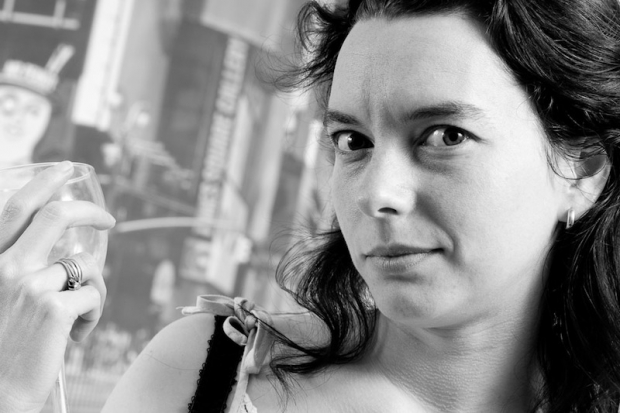
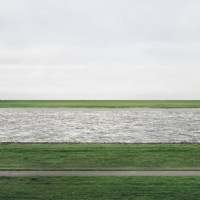

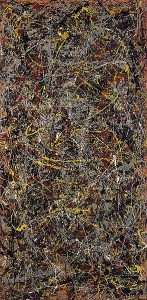
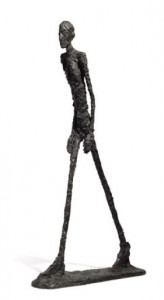






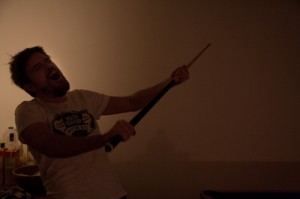
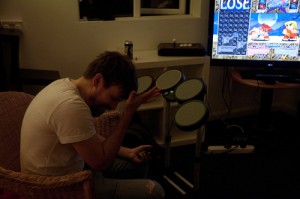
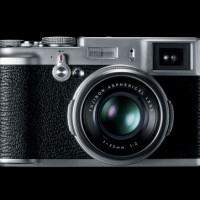
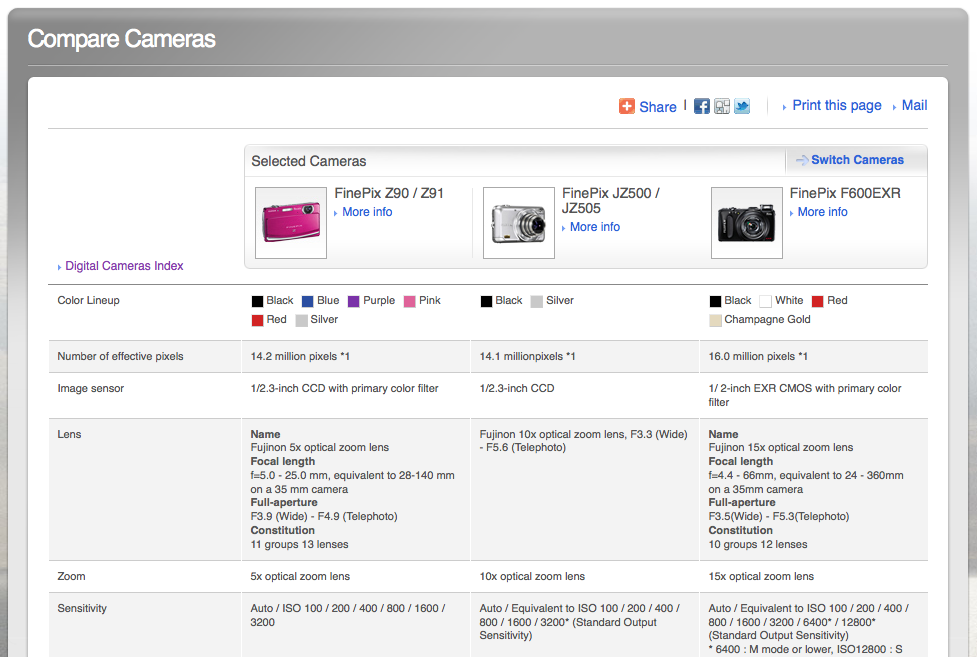
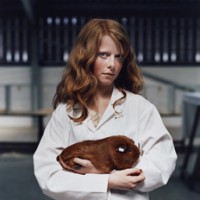
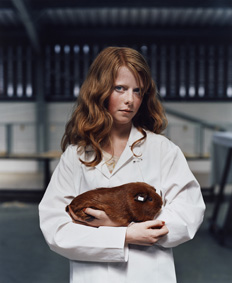

 What is this? - In our NewsFlash section, we share interesting tidbits of news. Think of it as our extended twitter feed: When we find something that get our little hearts racing, we'll share it with you right here! Loving it? Great, we've got
What is this? - In our NewsFlash section, we share interesting tidbits of news. Think of it as our extended twitter feed: When we find something that get our little hearts racing, we'll share it with you right here! Loving it? Great, we've got 

